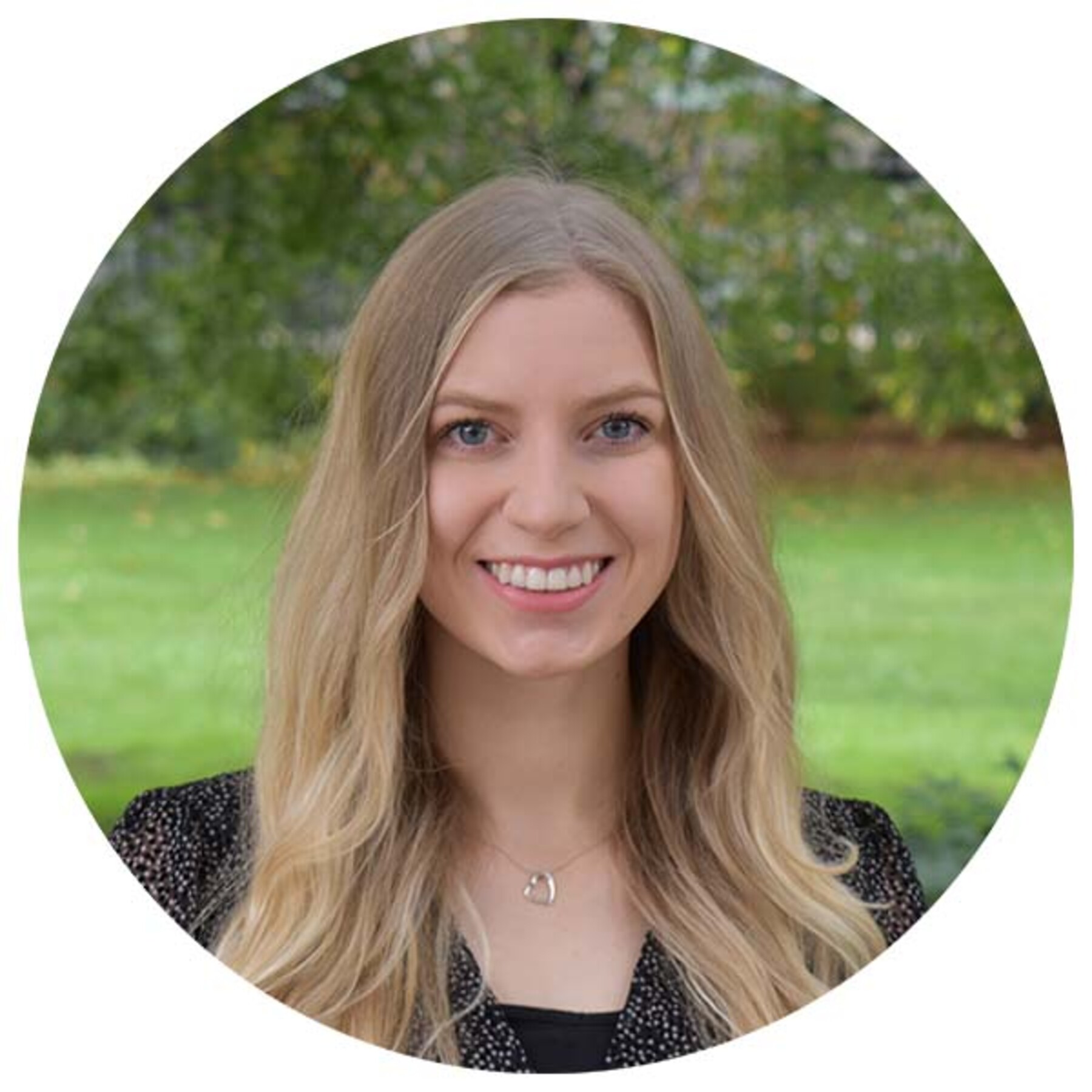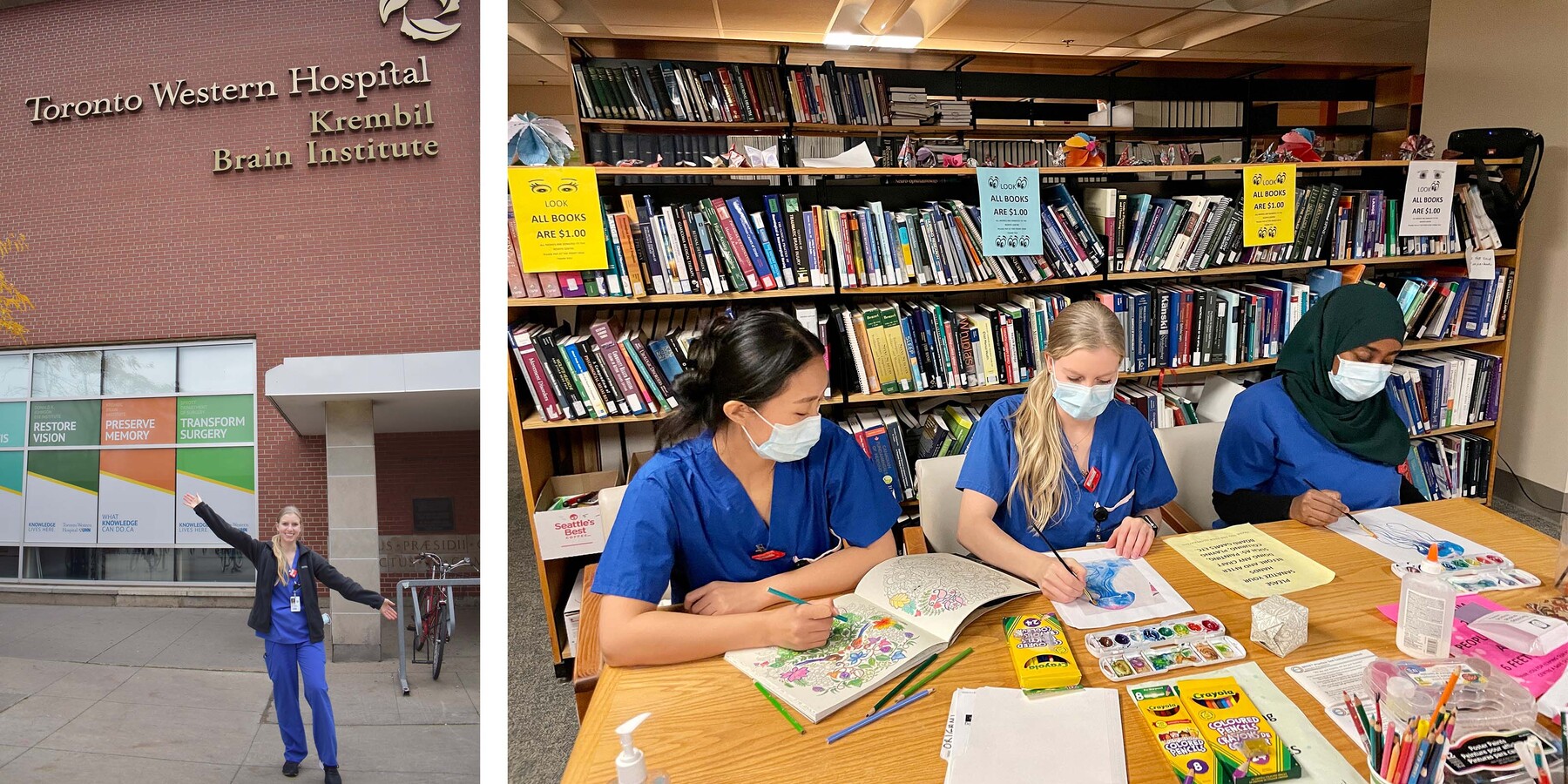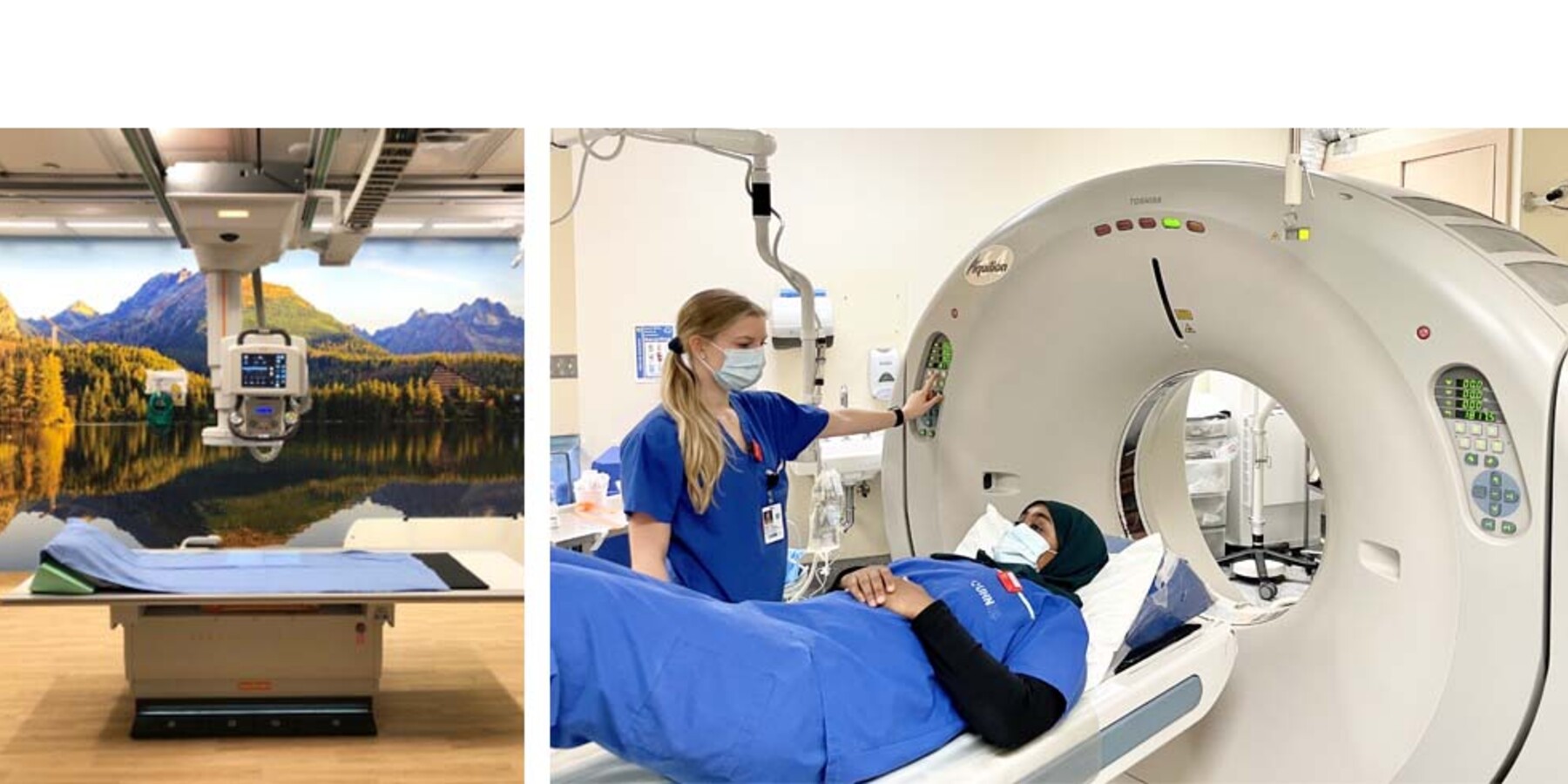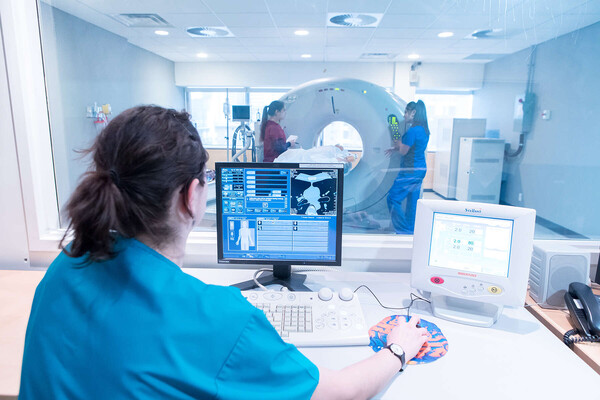Breadcrumbs
Student Profile - Rachael Posthumus

Rachael Posthumus
MRS Class of 2022 (Radiological Technology)
Clinical Site: UHN - Toronto Western and Toronto General Hospitals
Hometown: Hamilton, ON
What and where did you study before joining MRS?
I completed my Honours Bachelor of Science in Human Kinetics at the University of Guelph prior to entering the MRS program.
How has MRS been different than your previous program of study?
My previous program had hundreds of students and I found it difficult to be on a first-name basis with my instructors. The MRS program has classes and labs that are much smaller. The majority of my labs had 6 - 8 students with 1 - 2 instructors. With such small class and lab sizes, I was able to have one-on-one instruction with my professors while also building meaningful relationships with my classmates.
As well, my previous academic program involved many exams, tests and quizzes that primarily focused on multiple choice questions. The MRS program focuses on hands-on learning and practical examples. As a tactile learner, I appreciated these applied testing methods. Michener also helps prepare students for their professional working environment by providing equipment that is similar to the equipment used in clinical settings. These resources helped me to learn and practice the physical and technical skills needed to be a MRT.
What attracted you to the Radiological Technology stream of the MRS program?
I knew I wanted to work in healthcare and I chose this program because the field is very dynamic. Once you start in general radiography you can branch into CT, MRI, interventional radiology, mammography, BMD, research, teaching, and informatics. There is a lot of opportunity for growth and learning within this profession!
Also, working as an MRT is very interesting especially working in the Emergency department. There is never a dull moment! Each patient has their own story of how they ended up needing x-rays. I have seen a wide variety of injuries from falls to car accidents to sports injuries.
What has been the most rewarding aspect of the program so far?
During the MRS program, I was given the opportunity to carry out a research project at my clinical site. It has been an amazing experience! I was able to explore the theoretical side of the MRT profession and learn many valuable skills such as data analysis, data visualization skills and how to approach formulating an academic journal article. I was able to work alongside with and learn from some amazing healthcare professionals at the top of their fields. At the end of the course, we are given the opportunity to present the research at the Wavelengths symposium; an academic conference involving a wide variety of medical professionals. I am very grateful for this opportunity as it has inspired me to pursue a Master’s degree and continue my academic journey!

What is your average day like during your clinical placement?
My average day varies depending on the shift I am scheduled. The shifts are normally 8 hours and could include mornings, afternoons, or evenings. There is also a variety of different areas in the hospital I could be scheduled to work. For example, working in the main department taking x-rays of outpatients, the Emergency department taking x-rays of inpatients and emergency patients, the CT department taking CT scans and administering contrast “dye” to highlight internal organs, the Operating Room taking fluoroscopic images during surgical procedures, and taking portable x-rays of patients who are too sick to come down to the main department.
Does your clinical site offer any unique experiences or opportunities that are of specific interest to you?
My clinical site offers specialized disciplines in medical imaging such as CT, MRI and interventional radiology. I also have opportunities to expand my skill set as a general radiographer. I can be trained in additional imaging modalities such as EOS and O-Arm. EOS is used to take full body images of the skeletal system using very low-dose radiation. Whereas, O-Arm is a portable imaging device that acts a CT scanner and is used in the Operating Room during surgical procedures.
I am personally interested in becoming certified as a CT technologist. I really enjoy using the advanced technology CT has to offer to create and reconstruct images that are diagnostic for the Radiologist to read. I also really enjoy being able to use my critical thinking skills and apply my advanced knowledge of anatomy and physiology to each case.

What do you think will be the most rewarding part of being an MRT?
I think the most rewarding part of being an MRT is working with patients. I really enjoy working with people and being able to play a crucial role in their healthcare journey. Every image I take, I know I am contributing to their diagnosis and treatment.
What are your plans for the future?
I hope to gain employment at my current clinical site at UHN. I hope to obtain my certification as a CT technologist and pursue a Master’s degree in the future.
What advice would you like to share with prospective MRS students?
My advice to prospective students would be to learn more about the profession by speaking to those in the field or to volunteer at a clinic or hospital to decide if working in healthcare is the right fit for you. One thing I did not know about the program before I began my studies is all of the roles within an MRT’s scope of practice. This career not only keeps the day-to-day job interesting but provides many opportunities to grow and advance my skill set!

